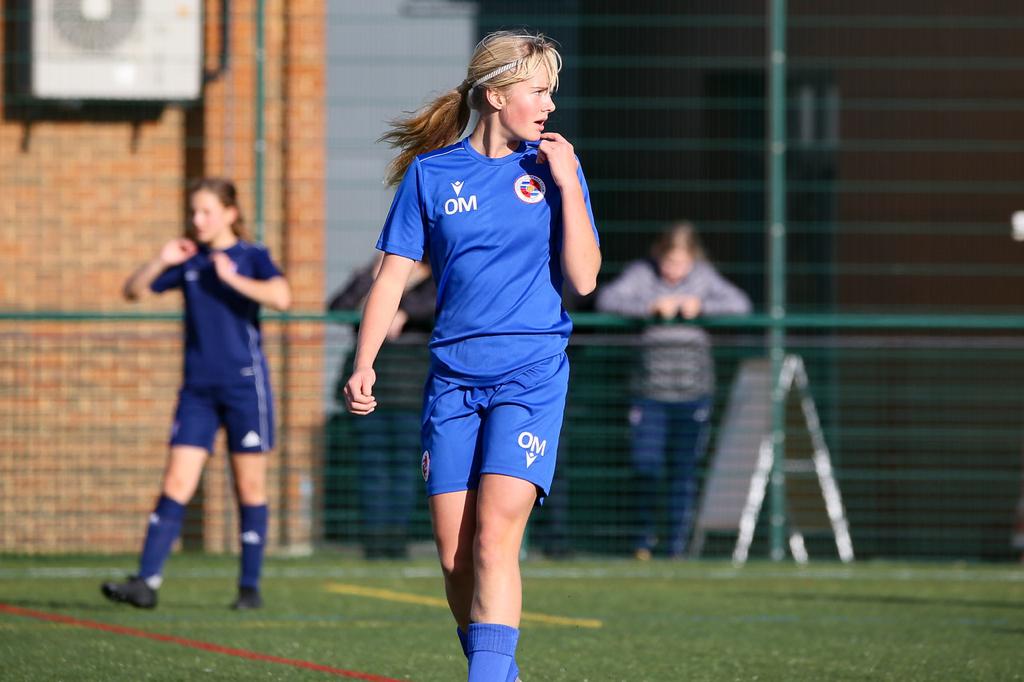The anterior cruciate ligament (ACL) is a vital ligament in the knee joint, connecting the shinbone (tibia) to the thighbone (femur). ACL injuries are a common occurrence in sports, particularly among female athletes. These injuries can be devastating, often requiring surgery and extensive rehabilitation. AT NK Fitness we’ve worked with many female athletes to prevent and even rehabilitate ACL injuries. Here Nathan Kelly, sports conditioning expert in Ascot covers the basics.
Why Are Women More Prone to ACL Injuries?
Several factors contribute to the higher incidence of ACL injuries in female athletes:
- Hormonal Influences: Fluctuations in hormones, particularly estrogen, can affect ligament laxity, making them more susceptible to injury.
- Biomechanical Factors: Differences in lower limb alignment, muscle strength, and neuromuscular control can predispose women to ACL tears.
- Landing Mechanics: Women often exhibit less knee flexion and a tendency to land with their knees valgus (turned inward) when jumping or changing direction, increasing the risk of ACL injury.
- Neuromuscular Factors: Deficits in neuromuscular control and reaction time can impair an athlete’s ability to respond to sudden changes in direction or unexpected forces, leading to ACL injury.
Sports Conditioning Expert in Ascot highlights the impact of ACL Injuries on Female Athletes
ACL injuries can have a significant impact on an athlete’s career, both physically and psychologically. The recovery process is often lengthy and demanding. It requires rigorous rehabilitation to regain strength, flexibility, and stability in the knee joint. Even after successful surgery and rehabilitation, athletes may experience lingering effects. Examples include decreased confidence, fear of reinjury, and altered movement patterns.
Prevention Strategies
While ACL injuries cannot be entirely prevented, several strategies can help reduce the risk:
- Strength and Conditioning: A well-rounded strength and conditioning program that focuses on improving lower limb strength, power, and neuromuscular control can help enhance knee stability.
- Plyometric Training: Plyometric exercises, which involve explosive movements, can improve muscle power and reaction time, reducing the risk of injury.
- Proprioception Training: Proprioception training, which involves exercises that challenge balance and coordination, can enhance neuromuscular control and improve landing mechanics.
- Education and Awareness: Educating athletes about the risk factors for ACL injuries and proper landing techniques can empower them to take preventive measures.
By understanding the underlying causes of ACL injuries in women’s sports and implementing effective prevention strategies, we can help reduce the incidence of these debilitating injuries and allow female athletes to continue to pursue their athletic dreams.
